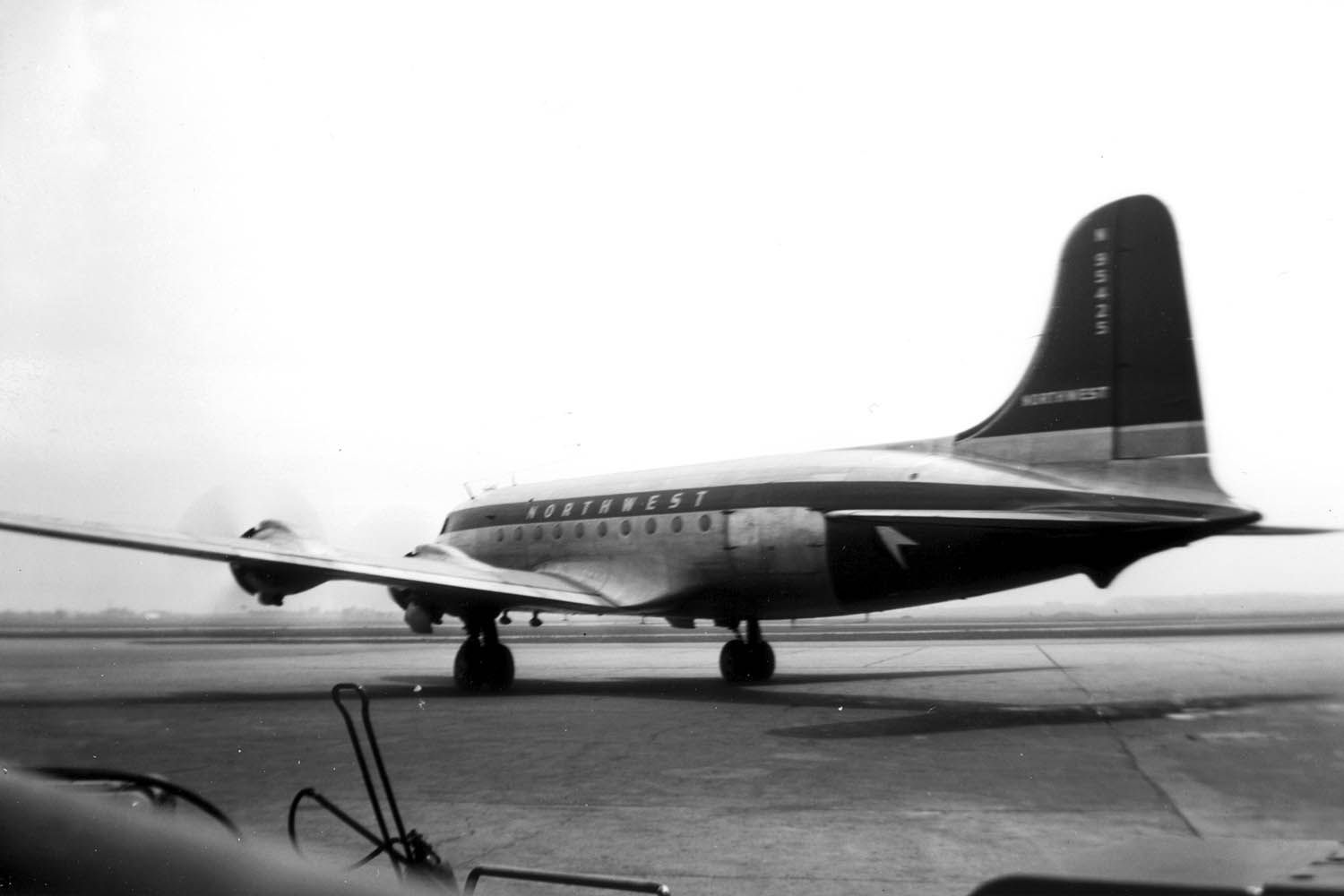The decades-long search for a passenger plane carrying 58 people that disappeared over Lake Michigan 75 years ago has been called off.
Northwest Orient Flight 2501 took off from La Guardia Airport in New York the evening of June 23, 1950. The plane was scheduled to make two stops — Minneapolis and Spokane, Wash. — before reaching its final destination in Seattle. However, the plane lost contact with air traffic control after encountering rough weather and never made its scheduled flyover near Milwaukee’s Mitchell Field, according to The Detroit News.
The tragedy was the worst aviation disaster in U.S. history at the time.
Michigan’s South Beach was closed for nine days as body parts and plane debris washed ashore, but no victims were ever positively identified, and the ensuing investigation did not yield a cause for the crash.
No further investigation was done into the matter until 2004, when adventure writer Clive Cussler became interested in the crash. Cussler reached out to the Michigan Shipwreck Research Association and offered to fund an investigation into the cause of the disaster, per The Detroit News.
Researchers with the organization scanned 700 miles of Lake Michigan using sonar technology and used models to recreate the weather patterns that Flight 2501 would have encountered the night of the crash.
“With all of our research and by connecting with Northwest personnel, we came up with information never publicly shared,” said the organization’s executive director, Valerie van Heest, while talking to The Detroit News.
She added, “We feel quite confident the plane entered the storm front, unaware the storm front had shifted south. We feel quite confident that a downdraft, also called a microburst, hit the plane. And we say that based on the debris that came ashore and that the Coast Guard collected … We know this plane hit the water with great force, and we know there was no way to survive this.”
Researchers additionally believe that the plane was ultimately destroyed into many pieces of debris, much of which has since sunk to the depths of the lake floor.
Van Heest — who has since authored a book and curated a traveling museum exhibit about the crash — said that family members of the victims have reached out to her over the years, making her realize that the tragedy was still alive for many.
“I had heartbreaking conversations with seniors who would cry over [the] phone talking about this, so it was still so raw,” she told The Detroit News, adding, “My interest was a feeling of responsibility of bringing closure to the families, and I feel like I’ve done it with the book, the exhibit and knowing details that they didn’t have in 1950.”
Never miss a story — sign up for PEOPLE’s free daily newsletter to stay up-to-date on the best of what PEOPLE has to offer, from celebrity news to compelling human interest stories.
Van Heest also told the outlet that she has mixed emotions about officially calling off the 20-year search effort.
“It’s a hard thing to have to say because part of me feels like we have failed, but we have done so much to keep [the] memory of this accident and these victims at [the] forefront … I feel like we’ve done better for them than if we’d found the wreckage,” she said.
The organization also helped locate two unmarked mass grave sites at Michigan cemeteries that contained the remains of flight victims. Stone markers commemorating the victims and the crash have since been placed at both sites.
